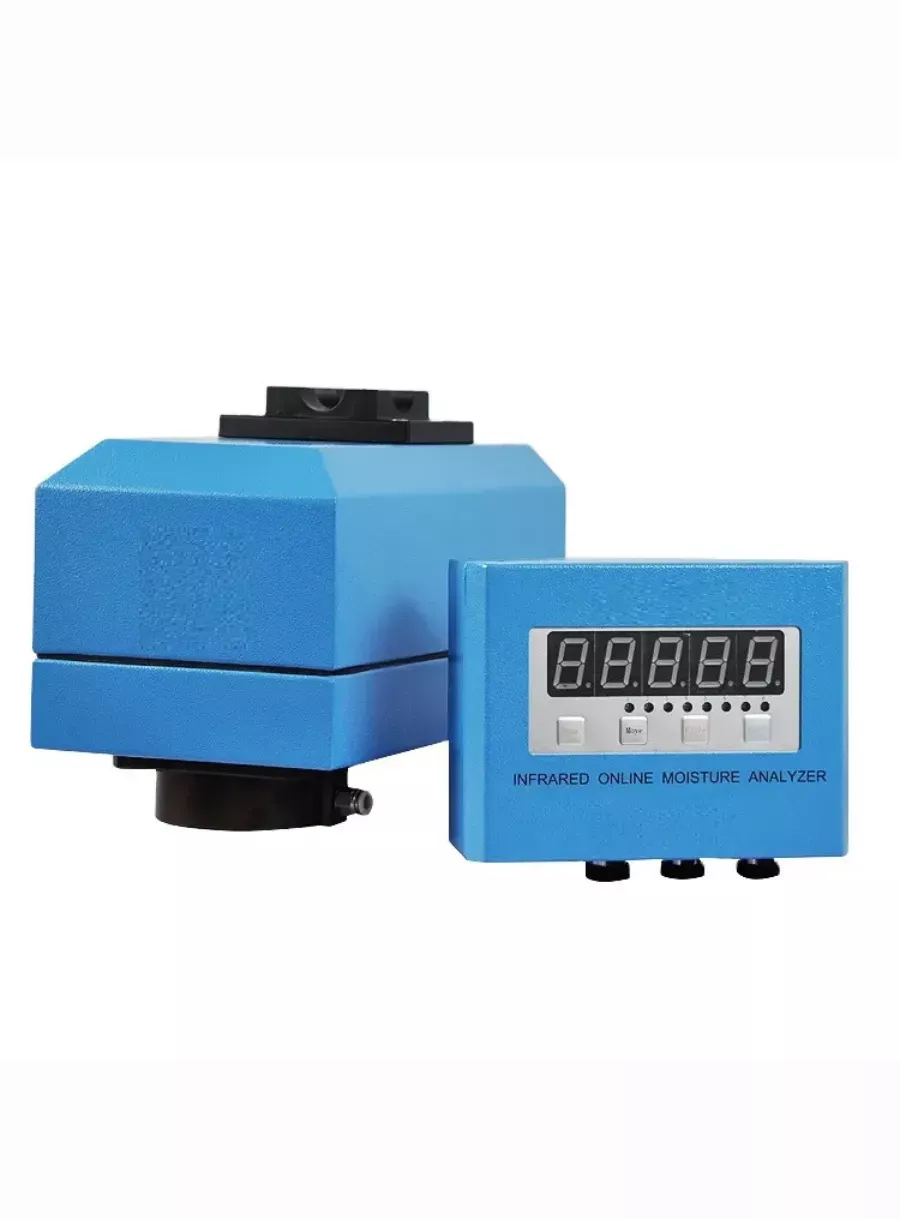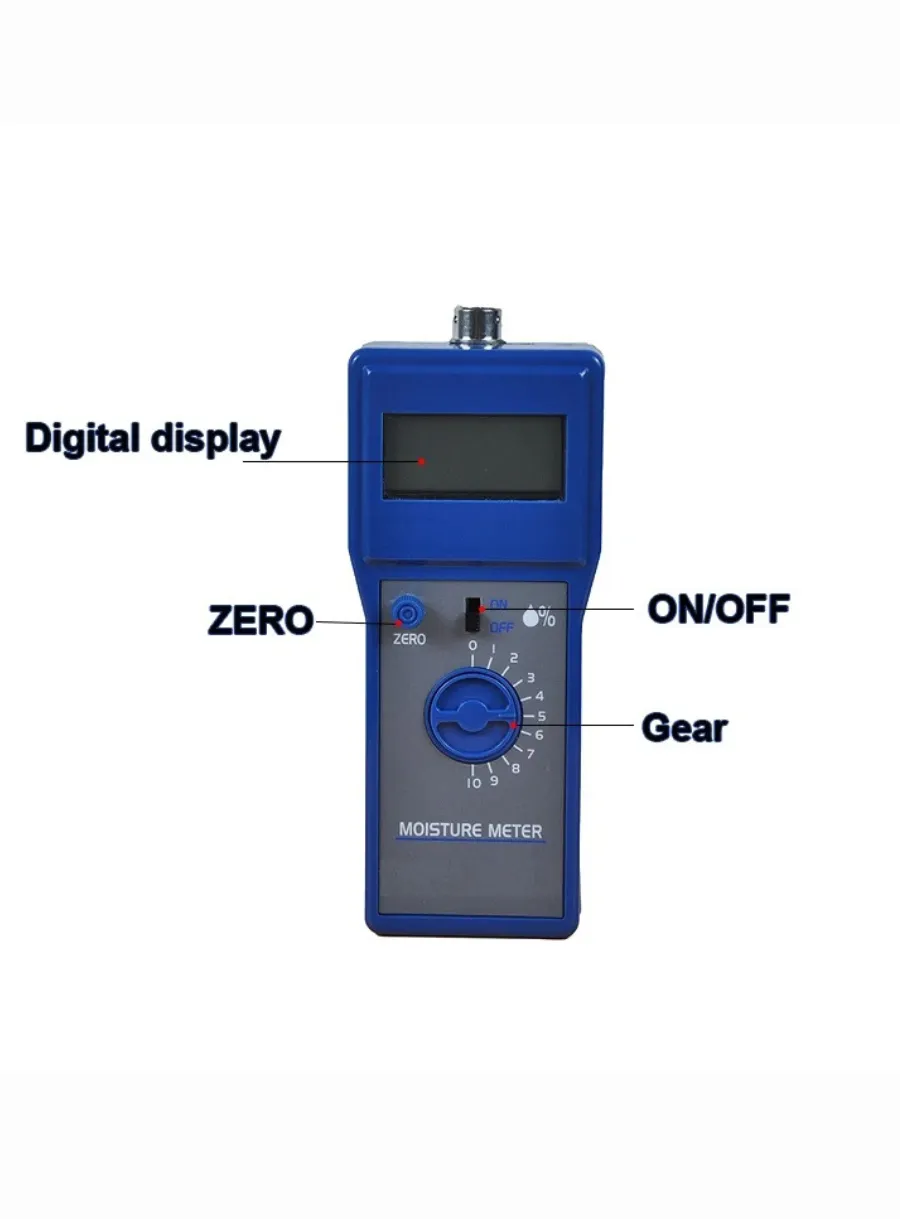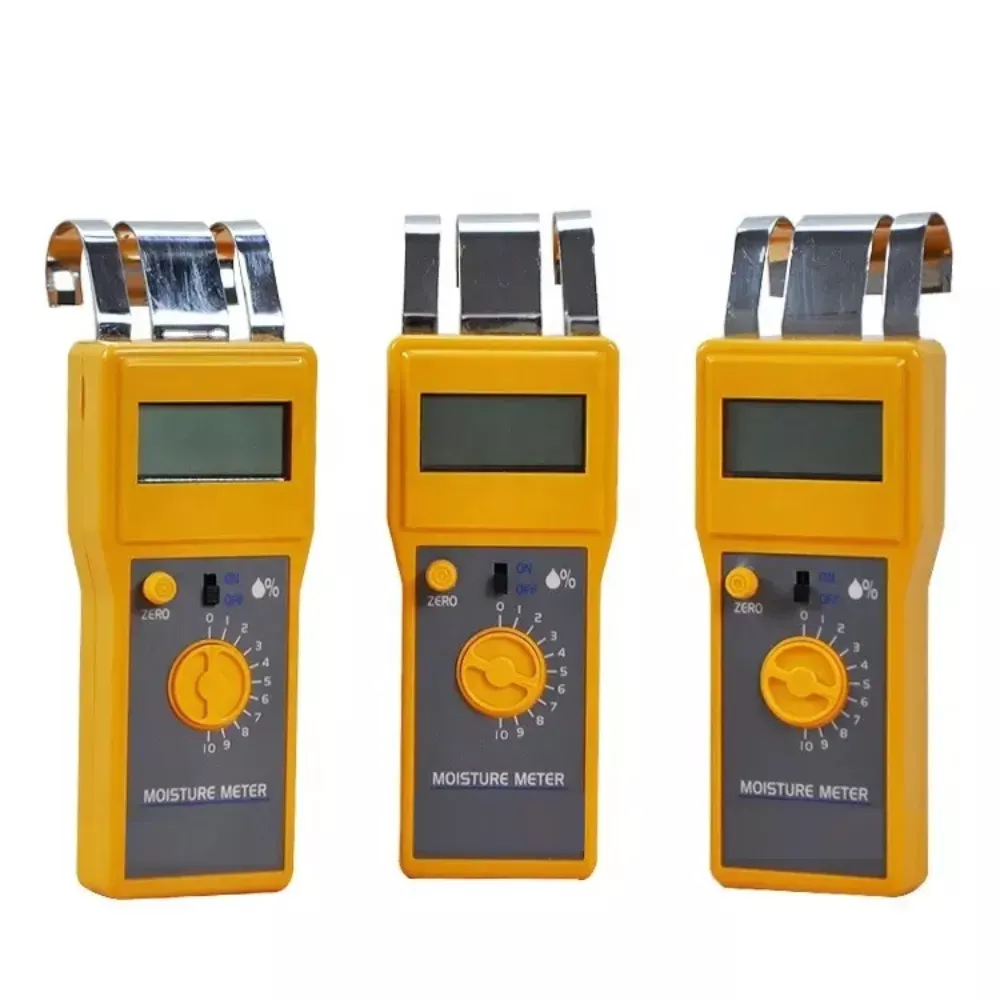
The Evolution of Coffee Moisture Measurement
Table of Contents
The origins of coffee moisture measurement can be traced back to the early days of coffee cultivation and trade. As coffee became a significant commodity, ensuring its quality and longevity became paramount. One of the earliest recorded instances of coffee-making equipment was found in the estate of a Venetian merchant who died in 1575, highlighting the historical importance of coffee quality even in the 16th century.
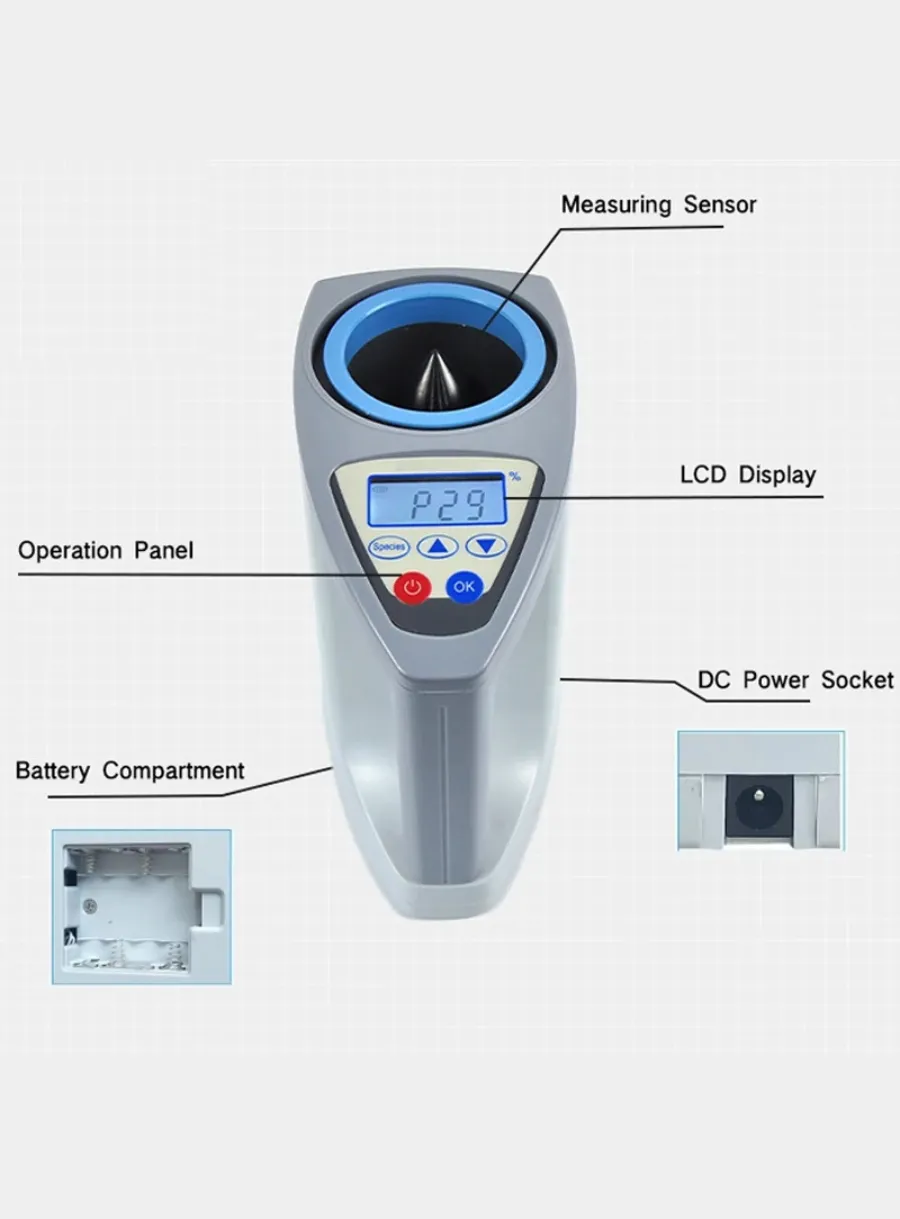
In the early modern period, the rise of coffee culture, particularly in the Islamic world and Europe, brought about a greater focus on the methods of preserving and enhancing coffee quality. Notably, by the 17th century, coffeehouses had become cultural hubs in Britain and across Europe, emphasizing the need for consistent quality in coffee preparation.
Industrial Revolution and Scientific Advancements
With the industrial revolution and the advancement of scientific techniques, more precise methods for determining moisture content were developed. These methods were essential not only for coffee but for a wide range of agricultural and industrial applications. The advent of electrical, microwave, nuclear, and near-infrared (NIR) absorbance methods marked significant advancements in the field of moisture measurement.
Specialized Coffee Moisture Meters
The development of specialized devices such as the coffee humidity meter further refined the ability to measure moisture content accurately. These portable meters, equipped with features like backlit displays and multilingual interfaces, became invaluable tools for coffee traders and enthusiasts.
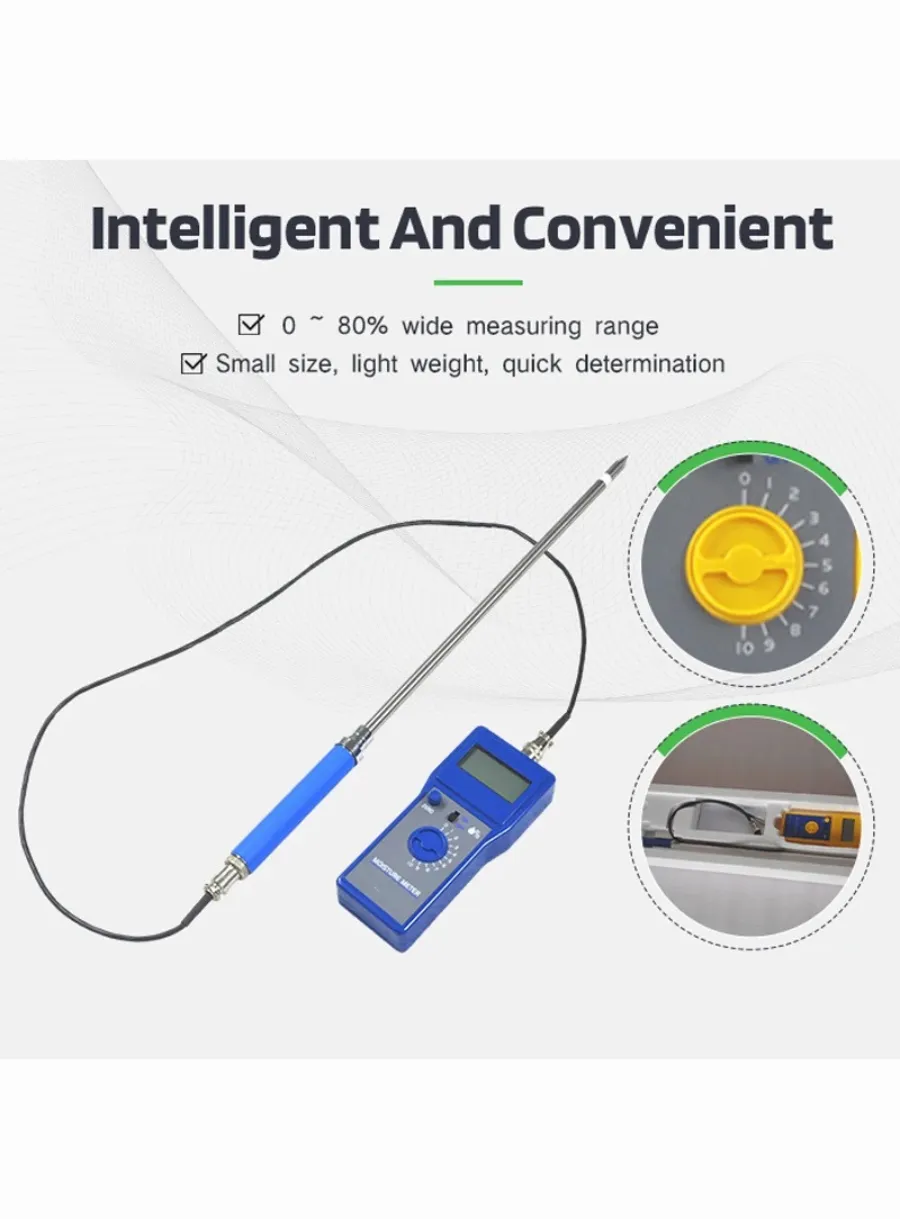
Modern Evaluation and Application
In contemporary times, the accuracy of coffee moisture meters is typically evaluated by comparing their readings to reference methods, such as baking samples of coffee beans and measuring the moisture content. The versatility of these meters allows them to measure moisture content across various types of coffee beans, including green, parchment, and roasted beans, ensuring consistent quality and preventing issues such as mold growth and flavor deterioration.
Comments
Tags
Frequently Asked Question
Проснувшись однажды утром после беспокойного сна, Грегор Замза обнаружил, что он у себя в постели превратился в страшное насекомое.
Coffee moisture measurement became important in the early days of coffee cultivation and trade, with evidence of coffee-making equipment dating back to the 16th century.
The Industrial Revolution led to the development of more precise moisture measurement methods, including electrical, microwave, nuclear, and near-infrared (NIR) absorbance techniques.
Modern coffee moisture meters are often portable, with features like backlit displays and multilingual interfaces, capable of measuring moisture in various types of coffee beans.
The accuracy of coffee moisture meters is typically evaluated by comparing their readings to reference methods, such as baking samples of coffee beans and measuring the moisture content.

